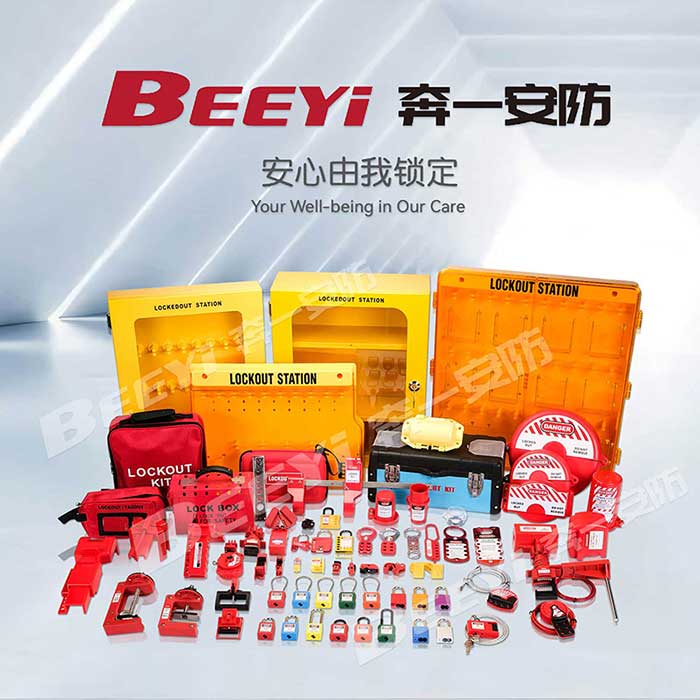In industrial settings, machinery and equipment are crucial components that drive productivity and efficiency. However, these machines, if not properly controlled, can also pose significant safety hazards to workers. One of the most effective safety programs used to mitigate such risks is Safety Lockout Tagout (LOTO). This system prevents unexpected startup or release of hazardous energy during maintenance, repair, or service, significantly reducing the risk of accidents and injuries.

What is Safety Lockout Tagout? Safety Lockout Tagout is a standardized procedure used to control hazardous energy when workers are servicing or maintaining equipment. The process involves two main steps: Lockout and Tagout. Lockout refers to physically isolating and securing the energy source of the equipment, while Tagout involves placing a warning tag on the locked-out device to inform others of the potential hazard and the identity of the person responsible for the lockout. Lockout involves the use of locks, hasps, and other devices to physically prevent the energy source (such as electrical, mechanical, hydraulic, or pneumatic) from being activated. Tagout, on the other hand, places a visible warning label on the equipment, notifying all personnel that the equipment is being serviced and should not be operated until the tag is removed and the equipment is unlocked.